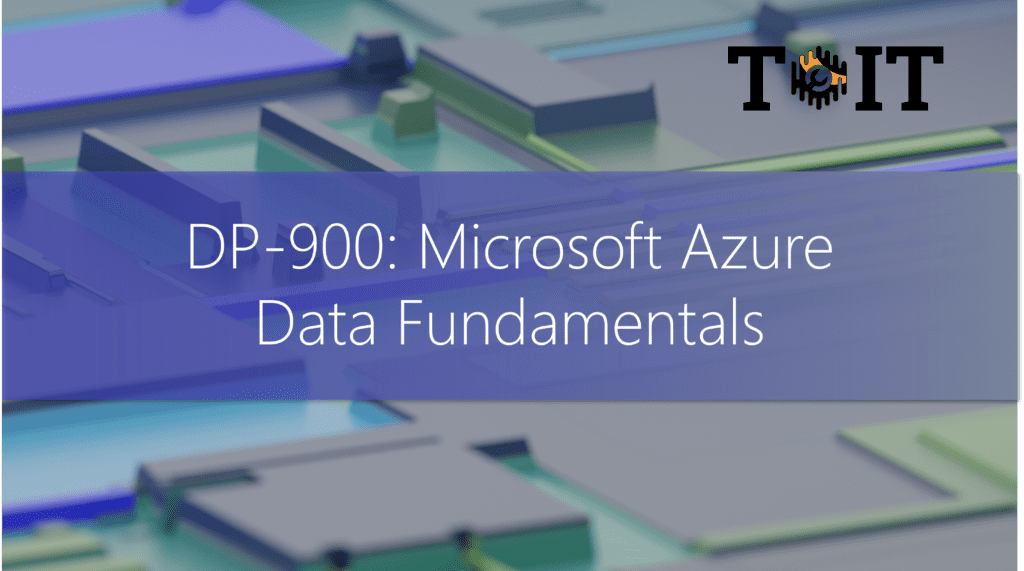Instructor | ToIT
DP-900: Microsoft Azure Data Fundamentals
- Describe core data concepts
- Identify considerations for relational data on Azure
- Describe considerations for working with non-relational data on Azure
13h
0
11
SharePoint 365 Administration
- Understand the benefits of SharePoint Online
- Create and manage document libraries
- Utilize co-authoring and collaboration
4h
0
18
MS-900: Microsoft 365 Fundamentals
- Better understand Microsoft 365 offerings
- Utilize Productivity and Collaboration services
- Better understand the different deployment options
4h
0
13
MS-101: Microsoft 365 Mobility and Security
- Manage Security Metrics
- Implement security solutions in Microsoft 365
- Plan and configure Azure AD identity protection
18h
0
39
MS-100: Microsoft 365 Identity and Services
- Office 365 overview
- Moving your organization to Office 365
- Configuring Office 365
17h 40m
0
17
AZ-304: Microsoft Azure Architect Design
- Recommend solutions to minimize costs
- Recommend a solution for Conditional Access, including multi-factor authentication
- Recommend a solution for a hybrid identity including Azure AD Connect and Azure AD Connect
8h
0
45
AZ-303: Microsoft Azure Architect Technologies
- Secure identities with Azure Active Directory and users and groups
- Implement identity solutions spanning on-premises and cloud-based capabilities
- Apply monitoring solutions for collecting, combining, and analyzing data from different sources
44h
0
44
VMware vSphere: Install, Configure, Manage [v8.0]
- Install and configure ESXi hosts
- Deploy and configure vCenter
- Use the vSphere Client to create the vCenter inventory and assign roles to vCenter users
0m
0
61
VMware vSphere VCP 2024 – Data Center Virtualization (VCP-DCV)
- Install and configure ESXi
- Deploy and configure vCenter
- Use the vSphere Client to create the vCenter inventory and assign roles to vCenter users
16h 30m
0
45
VMware Horizon 8: Deploy and Manage
- Identify VMware Horizon components
- Install and configure View Connection Server
- Install and configure virtual desktops
0m
0
67
TOGAF Part 1 – Foundations
- Describe the basic concepts of Enterprise Architecture and the TOGAF standard
- Describe the core concepts of the TOGAF 9 standard
- Describe key terminology of the TOGAF 9 standard
0m
0
187
Horizon ICM v7.12 for the Real World
- Identify VMware Horizon components
- Install and configure View Connection Server
- Install and configure virtual desktops
7h
0
30













